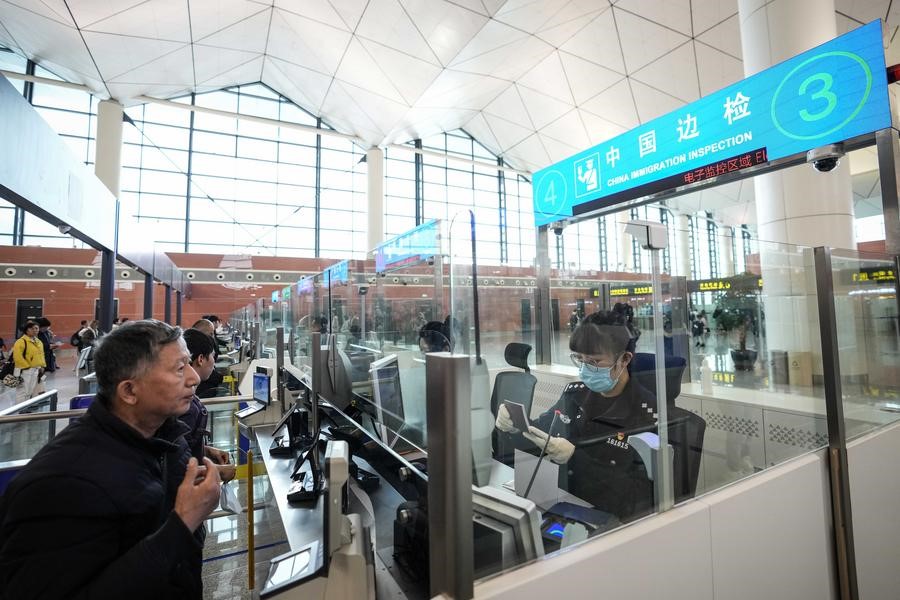China Expands 144-Hour Visa-Free Transit Policy to Three More Entry Ports

Beijing, The Gulf Observer: China’s National Immigration Administration (NIA) announced on Monday the expansion of the country’s 144-hour visa-free transit policy to include three additional entry ports, bringing the total number of covered ports to 37.
The newly added ports are Zhengzhou Xinzheng International Airport in Henan Province, Lijiang Sanyi International Airport in Yunnan Province, and the Mohan railway port in Yunnan. This expansion allows eligible foreign nationals to enter China visa-free through these ports, enhancing travel and business opportunities.
Starting from Monday, eligible visitors can enter China via the Zhengzhou aviation port without a visa, provided their stay is limited to Henan Province. In Yunnan, visa-free travelers can now explore beyond the provincial capital of Kunming to include nine additional city or prefecture-level areas such as Lijiang, Dali, and Xishuangbanna.
Henan, known for its historical significance and ancient dynasties, features attractions like the Shaolin Temple and Longmen Grottoes. Yunnan, with its rich cultural diversity and multiple UNESCO World Heritage sites, such as the Old Town of Lijiang and the Hani rice terraces, is a major draw for tourists.
The 144-hour visa-free policy applies to foreign nationals from 54 countries, including the United States, Canada, and the United Kingdom, facilitating short-term activities such as tourism and business visits.
The NIA stated that the expansion of the visa-free policy aims to provide more choices for foreign travelers and businesspeople visiting China. The 72/144-hour visa-free transit policy has significantly contributed to China’s high-level opening-up, fostering international exchanges and cooperation. The NIA is committed to further improving and optimizing the policy to welcome more foreign visitors.
Earlier this month, the NIA reported 14.64 million inbound trips by foreigners in the first half of the year, a 152.7 percent increase year-on-year. Of these, 8.54 million were visa-free entries, accounting for 52 percent of the total inbound trips and marking a 190.1 percent surge year-on-year.
In addition to expanding visa-free policies, China has introduced various measures to facilitate foreign nationals’ entry and stay, including relaxed visa application requirements, simplified procedures, exemption of border checks for certain transit passengers, and enhanced mobile payment services.
The NIA anticipates continued growth in the number of foreign visitors to China in the second half of the year. As travel to China becomes increasingly accessible, the country remains a popular destination for international tourists, with “China Travel” trending on global social media platforms.
“China will continue to embrace the world with open arms, inject new dynamism into the world through its development, and create more energy and enthusiasm for people-to-people exchanges,” said Foreign Ministry spokesperson Lin Jian.


